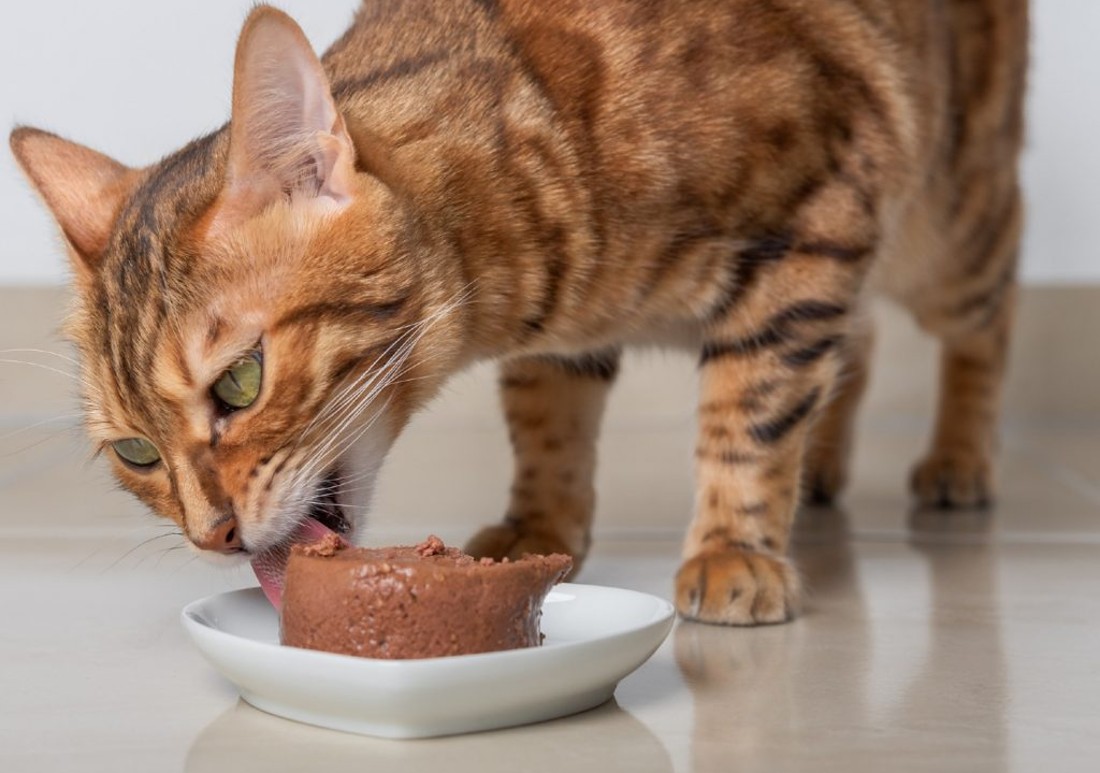How Long Can Wet Cat Food Sit Out? Food Safety Tips for Cat Parents

For cat parents, ensuring the health and well-being of their feline friends is a top priority. One crucial aspect of cat care is understanding how to handle their food safely, especially when it comes to wet cat food. Unlike dry kibble, wet cat food has a higher moisture content and is often more palatable to cats.
While it’s an excellent way to keep your cat hydrated and provide them with essential nutrients, wet cat food is also more susceptible to bacterial growth when left out at room temperature for too long. Knowing how long it can sit out is essential to protect your pet from foodborne illnesses. Our blog will delve into this topic and provide valuable food safety tips for cat parents.
How Long Can Wet Cat Food Sit Out?
The general rule is that wet cat food should only sit out for up to four hours. After this period, the risk of bacterial growth increases significantly.
In warmer climates or during hot summer months, you should reduce this time frame to two hours or less. Bacteria such as Salmonella and E. coli can rapidly multiply in moist, warm environments, posing a risk to both pet and human health.
Wet Food Safety Tips
Serve Appropriate Portions
Only serve enough wet cat food that your cat can finish in one sitting. This minimizes waste and the need to worry about leftover food sitting out.
Store Leftovers Properly
If you have leftover wet cat food, it should be immediately refrigerated. Store it in an airtight container and use it within a day or two.
Pay Attention to Food Temperatures
When serving refrigerated wet cat food, it’s a good idea to let it reach room temperature or slightly warm. Cold food can be off-putting to some cats and may cause stomach upset.
Maintain Clean Feeding Areas
Clean and disinfect your cat’s feeding area and bowls. This practice helps reduce the risk of bacterial contamination and ensures a hygienic eating environment.
Watch for Spoilage
Always check the wet cat food for any spoilage, such as an off smell or discoloration, before serving it to your cat.
Practice Good Hygiene
Wash your hands thoroughly after handling your cat’s food. This is crucial to prevent the spread of bacteria.
Know the Product’s Shelf Life
Be aware of the expiration dates on cat food packaging. Expired food can harbor harmful bacteria and you should not feed it to your cat.
Use Food Puzzles for Slow Eaters
Consider using food puzzles for cats that eat slowly. These can keep your cat engaged and allow them to eat at their own pace while minimizing the time the food sits out.
Monitor Your Cat’s Health
Keep an eye on your cat for any signs of foodborne illness, such as vomiting, diarrhea, or lethargy, especially if you suspect they might have consumed spoiled food.
Make Accommodations for Multiple Cats
Food safety can be a bit more challenging if you have multiple cats. Ensure each cat has its bowl to prevent competition and overeating. Monitor how much each cat eats to prevent leftover food from sitting too long.
Final Note!
As a cat parent, understanding how long wet cat food can sit out is crucial for the health and safety of your feline friend. By following these simple food safety tips, you can ensure your cat enjoys their meals without the risk of foodborne illnesses. Remember, when in doubt, it’s always better to err on the side of caution and discard any food left out for too long. With these practices in place, you can provide your cat with nutritious meals and peace of mind for yourself.
Your Pet’s Best Interest, Always
At Pet Institute, we take pet care seriously. We're dedicated to transparency, impartiality, and the well-being of your pets in every article, review, and recommendation we provide. Our unwavering commitment to these principles ensures that you, our valued reader, always receive reliable and unbiased information. Let us be your trusted guide in the world of pet care and companionship.